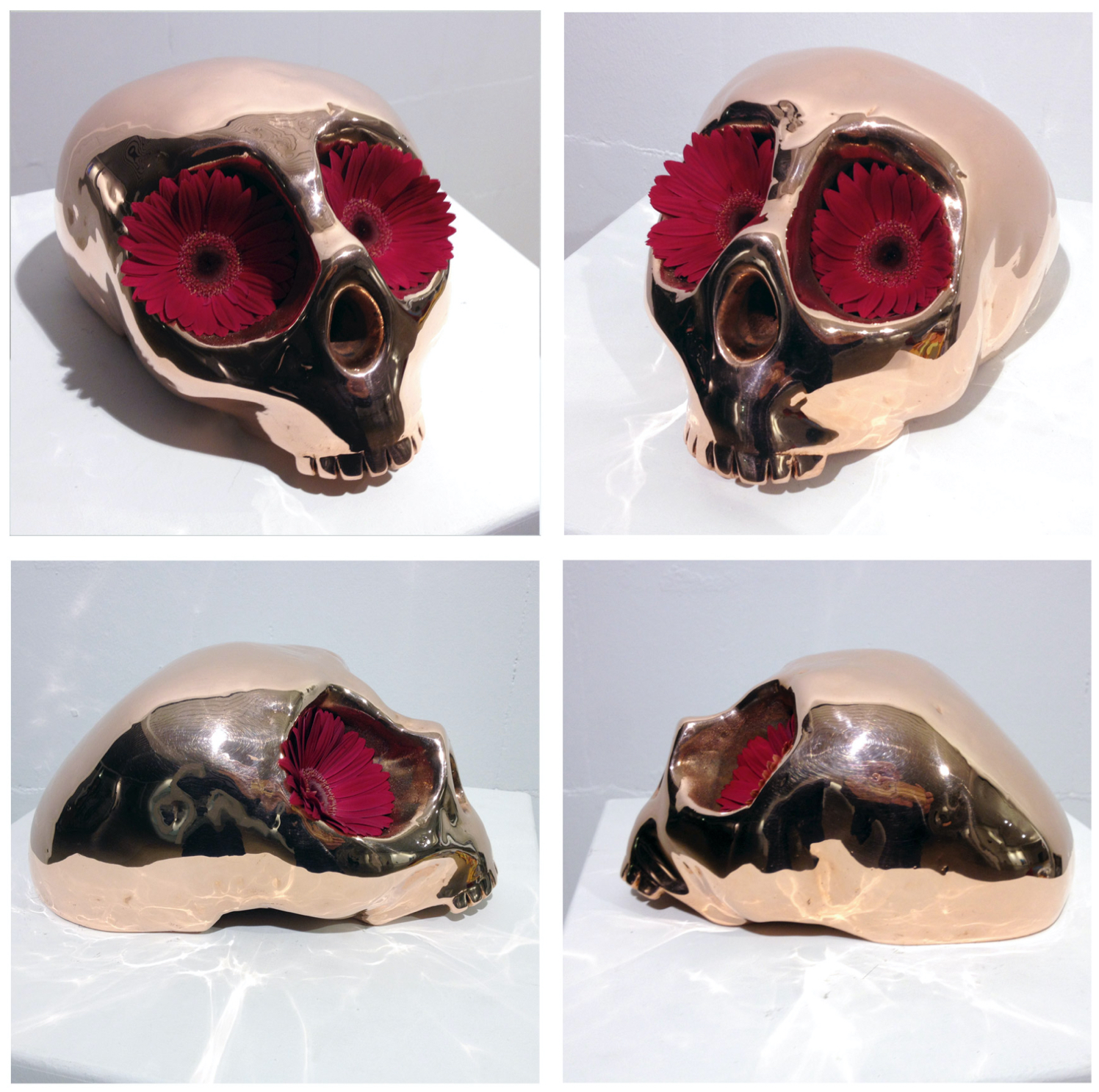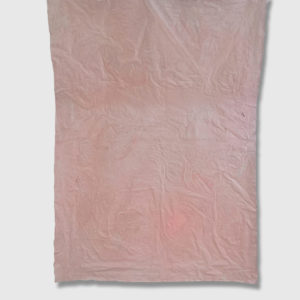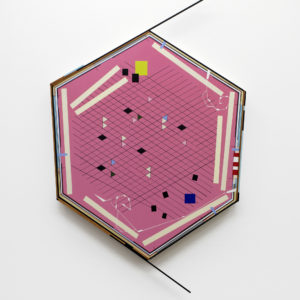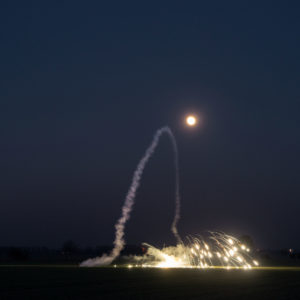Description
This sculpture addresses the existential question of one´s own role within a never ending circle of decay and renewal. A shiny skull with flowers growing in its eye sockets. A metal surface around a rest of organic material, warm in color, appealing and rejecting at the same time. It is in contrast with fragile flowers, but the opposition is valid only in short-term thinking. Both elements will lose their current form with time, yet both will be recycled to new life.
The skull is completely unconnected to the surrounding space, not clearly human in shape, solitary and universal at the same time. It displays the opposition and interdependency of life and death, and of individual and absolute existence. While it confronts with the fear of one´s own mortality, at the same time it opens way to the concept of transcendental immortality within life as such. The flowers, a symbol for life, grow out of the metal skull, like a triumph of life over death. At the same time, the single, individual skull confronts with the personal fear of death, making it clear that even if life as such will persist, your own life will end. But where starts and where ends the self? A human can sense himself only as long as he is alive. Death is the point after which the self is not perceived anymore. Thats why we fear death, take a shortsighted view and limit our thinking to our own life span, block out death or supersede it with thoughts of a life after it. Death is omnipresent, intertwined with life, exceeding life, and only together they constitute the world which we experience. But at all these conciliating thoughts, little do we know about the whereabouts of the self in death. Even universal life may go on, the individual you are will vanish for yourself. This is the main point for any human, an his major fear.
The golden, inorganic cover embraces the remainder of a living creature, bones which themselves are lifeless already. The apparent persistence of the material hides the fact of its transitoriness, because also metal is destroyed by oxidation, in a slow decay. The skull will turn brown first, then green, and after many years it will fall apart. But also the plants, a clear contrast with their soft an organic structure, will die. Their living and dying again plays with our concept of self and individual life and death. The individual flower´s death is just a matter of time, but the plant itself will persist longer, it will sprout new shoots from its roots, before also they will die. Similar connotations arise from the shape of the skull, which is not anatomically correct and not human by nature. Thereby this skull becomes a representative of life itself, even it apparently is an individual, a self.
It is this play with individual and universality the object challenges the observer most. It confronts not only with the fear of one´s own mortality, but at the same time opens a neutral space of perception, in which the self loses its importance and life as such comes to the fore – and in which any individual can perceive himself as a representative of everlasting, universal existence.




